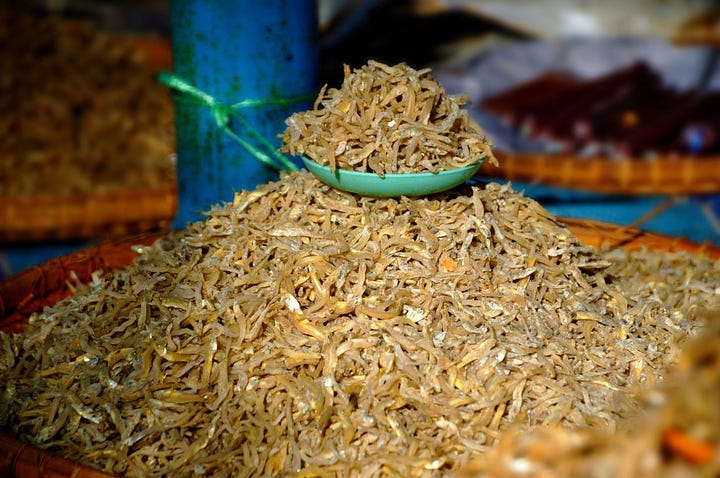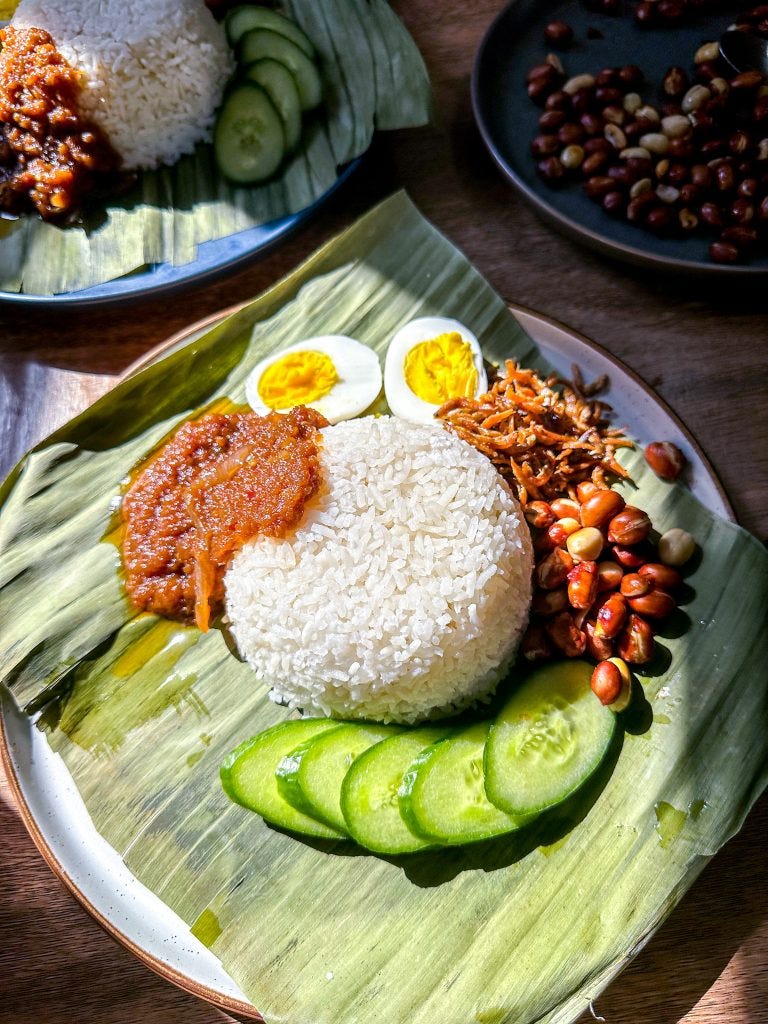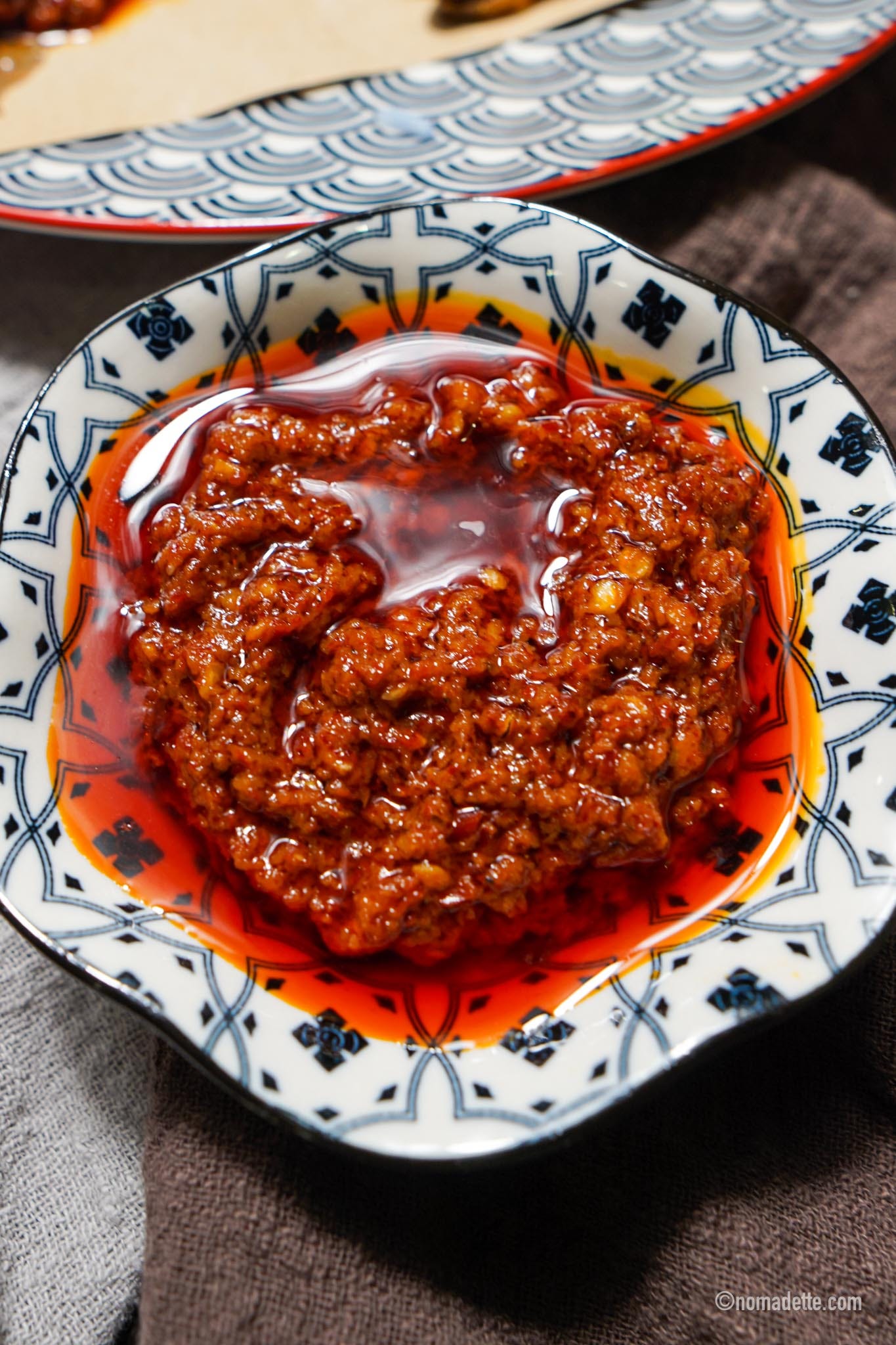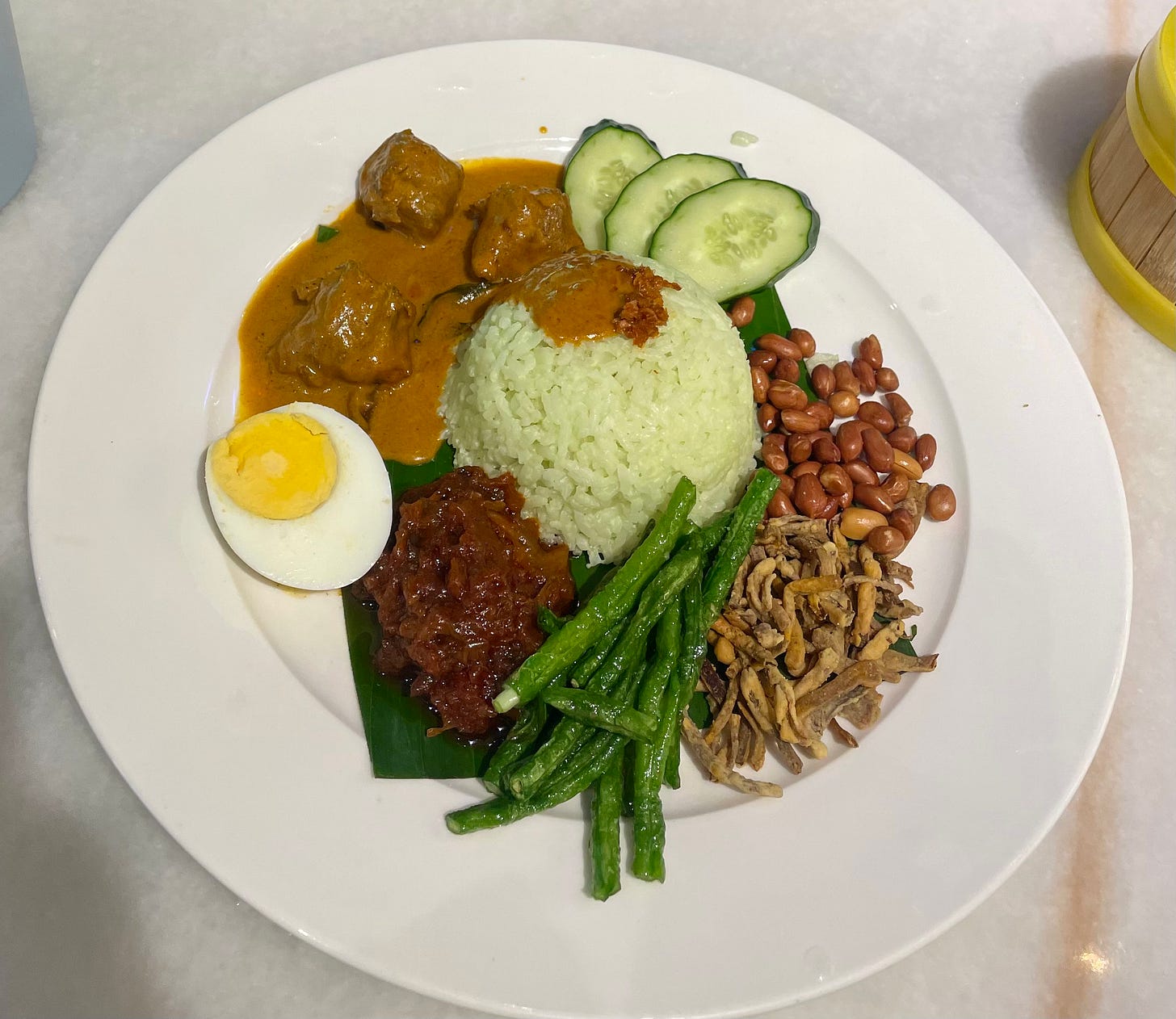Nasi lemak isn’t just breakfast anymore—you can find it any time of the day, especially in Malaysia and probably Singapore too. But this dish can also divide people, especially when it comes to whether it’s Malaysian or Singaporean. For many Malaysians (myself included), the idea of Singaporean nasi lemak is almost sacrilegious, seen as a not-so-great knockoff of the original. In this article, we’ll explore the history, controversies, and what makes a good nasi lemak, so buckle up—it’s gonna be a long one!
The History
Like with most traditional dishes their origins tend to remain unclear. For the beloved Nasi Lemak there are two tales of how it came about. The first being that long ago in the 14th or 15th century, some where in the Malacca straits a girl was cooking some rice and she had spilt some coconut milk into it. When her mother questioned her, the girl responded “nasi le, mak” (it’s rice mum), which is how it got its name. The other tale is that this dish was an invention out of necessity as when Malays were mainly seafarers and agrarians made a hearty and filling dish with what was available to them. In the area of the Straits coconuts were in abundance, and anchovies (ikan bilis) and pandan (screw pine leaves) and easily accessible.


The first mention of this dish in publication was thought to be in a book The Circumstances of Malay Life in 1909, published by Richard Winstedt. For those who are unfamiliar with the name or the Malay and/or Indonesian language it translates to fatty (lemak) rice (nasi). This comes from the cooking method, where the rice is cooked in a mixture of coconut milk, pandan, spices such as clove and cinnamon and aromatics.

What is important to note is that chillies are not native to the area and were brought to this area by way of trade and colonisation. The Portuguese arrived in the straits in the 15th century and brought with them their goods taken from their pillages in South America, the home of chillies. Through time became incorporated into the local cuisine, and changed the way we eat forever (more on this in a future article).
Popularity for this dish rose after WW2, and primarily became a breakfast food. Streets lined with stalls of them in the morning enticing workers near the town centres but also in morning markets. Research has suggested that the middle class had popularised this dish. Since the war it has only boomed and sometimes evolved from a dish out of necessity to an ostentatious affair.
Controversies & Debates
Recently some nasi lemak variations has received some scrutiny from netizens. Last year CNA posted a video trying to find out whether nasi lemak was Malaysian or Singaporean. In the comments section of this video there were definitely some lines drawn. Some stood their ground saying it was Malaysian since it was eaten before the Singaporean independence in 1965. Others were argued that what made certain nasi lemak Singaporean was the chosen accompaniments, which are different to the ones you get in Malaysia, such as rendang and curries.
Other debates include asking if nasi uduk is the precursor to nasi lemak, and if at all they were related. This brought upon many confused Indonesians in the comments section of the CNA video. Nasi uduk and lemak are related but they are entirely different dishes, not just culturally but also taste wise!
For nasi lemak the rice is cooked in a mixture of coconut milk, spices and aromatics such as pandan (screwpine leaf). Whereas, for nasi uduk, it does follow a similar pattern of coconut milk, aromatics and spices, a different blend of spices have been used. These spices and aromatics are also sautéed before being combined with the coconut milk, giving the rice a very different flavour profile. Accompaniments for nasi uduk are also not similar in taste or sometimes ingredients to ones found for nasi lemak.

What makes a good one?
That is a big question because it’s highly personal and everyone has their own preferences. There are some nasi lemak places that I hate but others love it, and this is because people have a different matrix for the main components:
Rice: Jasmine (stickier) vs Basmati (separate)
Sambal: jammy and spicy vs runnier and sweet
Accompaniments: basic vs extra
Rice
Different restaurants use different rice and sometimes different combinations of rice. Village Park (the infamous nasi lemak go-to in PJ, Malaysia) uses a combination of both Jasmine and Basmati to achieve the fluffiness and aroma they claim as their signature. Whereas Burung Hantu (up and coming nasi lemak eatery in Klang Valley) advertise themselves as selling Basmati nasi lemak.
IMO it’s up to you and what you like because sometimes due to the low starch content in Basmati rice if you don’t use enough coconut milk, you don’t get that creaminess.
Sambal
Sambal for nasi lemak is specifically sambal tumis, and this is a hard and fast rule, I didn’t make them. However, the consistency and spiciness varies from person to person, it’s also highly dependant on what you grew up on and knowing. In my family I am used to the spicy and jammy ones, so I have a soft spot for them and naturally prefer them to the runny variety.
The sambal is such an important component, that in one food court (223, PJ) the nasi lemak stalls are identified and chosen based on whether or not you want a spicy sambal. Whatever your preference, the sambal will always be made with blended dried chilli, onions, sugar, salt and tamarind cooked down to the preferred doneness, but always dark red. This deep and rich colour is the essential, it’s a marker telling the cook that the onions have been cooked for long enough to temper the heat of the chillies.

Accompaniments
This is where some people go off the rails and going batsh*t crazy. I have seen places offer lobster as a side, and personally that’s too far. The basic one is always boiled egg, cucumber and ikan bilis (anchovies) and peanuts. These are the kinds that you get on the side of the road and generally sold pre-packed in a banana leaf and newspaper or brown paper.
If that is already a winning combo why change it if it’s not broken? People today want to stretch it out and make it more balanced and filling meal, as it’s no longer a grab and go breakfast item. Therefore, it’s common to see it sold with ayam goreng berempah (spice fried chicken), kangkung (water spinach), sambal prawn or squid and rendang. Nasi lemak doesn’t discriminate based on dietary requirements as you can also find vegetarian and vegan ones that don’t use belacan (fermented fish paste). They also replace the traditionally meat sides with tofu, tempeh, jackfruit or soy-based protein
.
The picture above is when I went to a fully vegetarian cafe and ordered the nasi lemak with monkey head mushroom curry, and it also comes with vegan anchovies. I would highly recommend this place if you’re looking for a vegetarian kopitiam in PJ.
On the pricier end of the spectrum there is also crab, lobster and steak. They are usually made into curry or rendang, but at that price point it’s generally not worth it as cheaper cuts are equally delicious. Like tenderloin beef rendang, NOPE. The cheaper cuts are better since it’s going to be braised for a long period of time, and doesn’t dry out! These options however aren’t as common for most places and, more often than not for most nasi lemak is an everyday comfort food. Luxury options are usually a gimmick and almost always not worth it! Sorry to all the nasi lemak crab/lobster lovers, you do you!
Final Conclusions…
At the end of the day, the extras are nice, but if you can enjoy just the rice and sambal on their own, you’re good to go! My favourite is always gotta be the base nasi lemak with ayam goreng berempah, kangkung and extra sambal and cucumbers to counteract the spicy sambal. For those who are veggie/vegan deffo try the dietary friendly version and add tofu sambal or jackfruit/mushroom curry! Stay tuned for the next article where I’m going to share a recipe for sambal tumis with EXACT measurements, which tbh is so hard to find.
Photo credits for ikan bilis





Ooooo, I will deffo have to look into that!
Love this